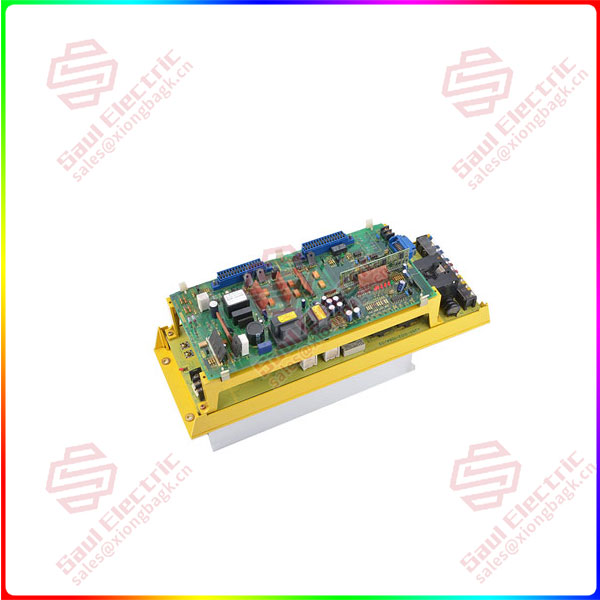Types of information stored in the device data model:
Data used to identify network devices
Process data and events (e.g. scanner read results, start/stop commands)
Quality data (e.g. scanner read process success or failure)
As a result, OPC UA offers significant deployment benefits. For example, the Lloyd’s Test BCL 348i barcode reader recognizes a one-dimensional code reader from a network, and when the signal is understood by the control layer, the system automatically detects a device characteristic (AutoID). This allows for extremely fast system integration. In addition, alarms as well as error and status messages for individual devices can be centrally recorded and evaluated in a standard manner, thus simplifying system maintenance.
Figure 2: Without the OPC UA standard, it often takes a long time to identify defective labels or damaged scanners.
Ensure network security
OPC UA also helps improve IT security. In the era of the Industrial Internet of Things, one requirement is becoming increasingly important: the machine data in the industrial Internet of Things must be processed through the cloud. The benefit for users is that end-to-end encryption is integrated into the OPC UA standard, which effectively protects corporate data from external attacks. Internal permissions can also be assigned very easily. The system has specified data access, read, evaluate, or change permissions to minimize the risk of downtime due to attacks or misoperations.

A06B-6058-H013
The system is easier to monitor
One of the biggest advantages of this standard is that system efficiency can be significantly improved through data evaluation. The OPC UA standard makes it easy to monitor machines and systems and optimize processes. A practical example is used below: In the zero cargo storage area, the conveyor belt transports the boxes to the picking station and the dispatch area. Each case has a barcode label. The LOetris BCL 348i one-dimensional code reader is mounted on the conveyor belt and provides the data needed to transport the boxes on the conveyor belt. On the one hand, during use, the scanner optics may become dirty, making it impossible to clearly detect the label on the container. On the other hand, the label may also become damaged or dirty due to pressure during operation, so that it can no longer be read. At this point, how does the machine operator find the error?
Quick access to relevant data
If you do not use the OPC UA standard, the most convenient way is to use a diagnostic computer to access the sensor. These devices store values such as the number of failed read attempts, so they can identify contaminated or damaged scanners. But the downside is that users have to control and read out each device individually. This is a very time consuming task, especially in the case of identifying damaged labels. At this point, the employee needs to read each scanner individually and enter the data manually. With the OPC UA standard and the right sensor technology, this can be done very efficiently: the LOetrix BCL 348i one-dimensional code reader is OPC UA certified and can transmit scanner data to the control layer. For example, by deploying a simple application, this data can be evaluated centrally and displayed in dashboards. This can show you in real time if there are too many failed scanner attempts. Another advantage is that the system also transmits the installation location of the sensor, so the equipment can be serviced directly. If it is determined that it is difficult for all scanners to detect a particular label, similar labels can also be replaced in a targeted manner. Summary: This solution can significantly improve maintenance efficiency and easily improve system availability.
 1 Year Warranty
1 Year Warranty





